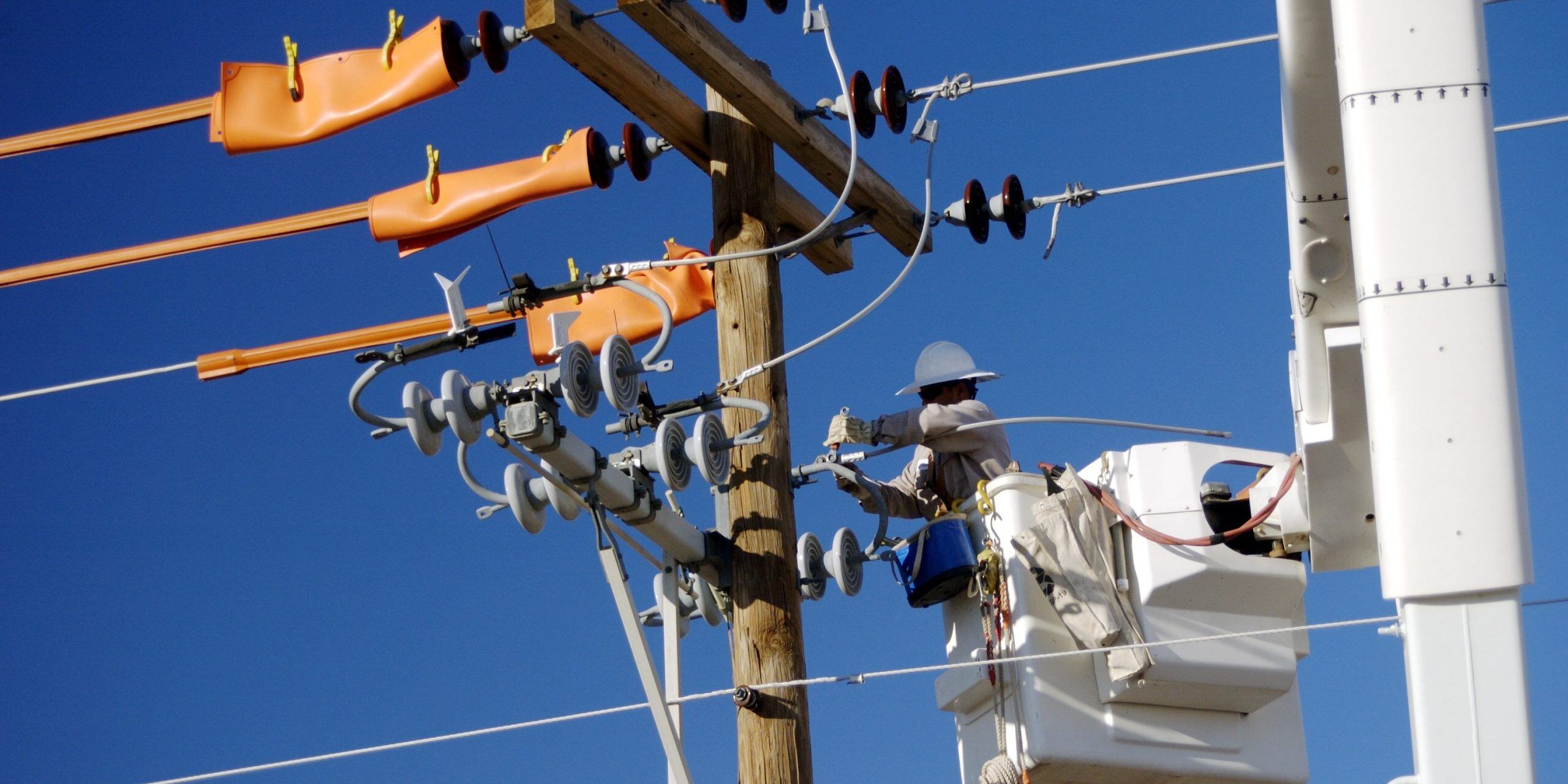
Industry Insight: Eversource Delivery Rate
Unfortunately, Eversource & United Illuminating delivery rates have been going up progressively over the years, now resulting in delivery rates being 2 to 3 times higher than supply rates. Per a letter to PURA, the increase in rates are due to a variety of factors including transmission updates and the payments associated with the power purchase agreement for the Millstone Nuclear Power Plant. This steep increase has ensured that Connecticut remains the state with the highest electric costs.
Consumers can lower energy costs through strategic purchasing and implementing on-site generation or energy efficiency projects. For commercial buildings, it is not enough to simply buy the cheapest energy price at present. Depending on how and when you use electricity, upgrading LED lighting or automatic building energy use controls can reduce the overall demand on the grid allowing the facility to be rewarded with lower charges. If the building or property can host an on-site generation project, the consumer can generate electricity at a fixed low price for the next 20 to 30 years, avoiding any potential utility rate increases and maintaining independence from the power grid. It is important that, on days of high energy demand, commercial customers reduce energy demand during peak hours to help avoid being assigned a high capacity tag.
Consumers can also become involved in annual rate cases by attending public meetings and submit complaints and suggestions. The public meeting calendar can be found here with an upcoming meeting on August 5, 2020, at 10 AM.
